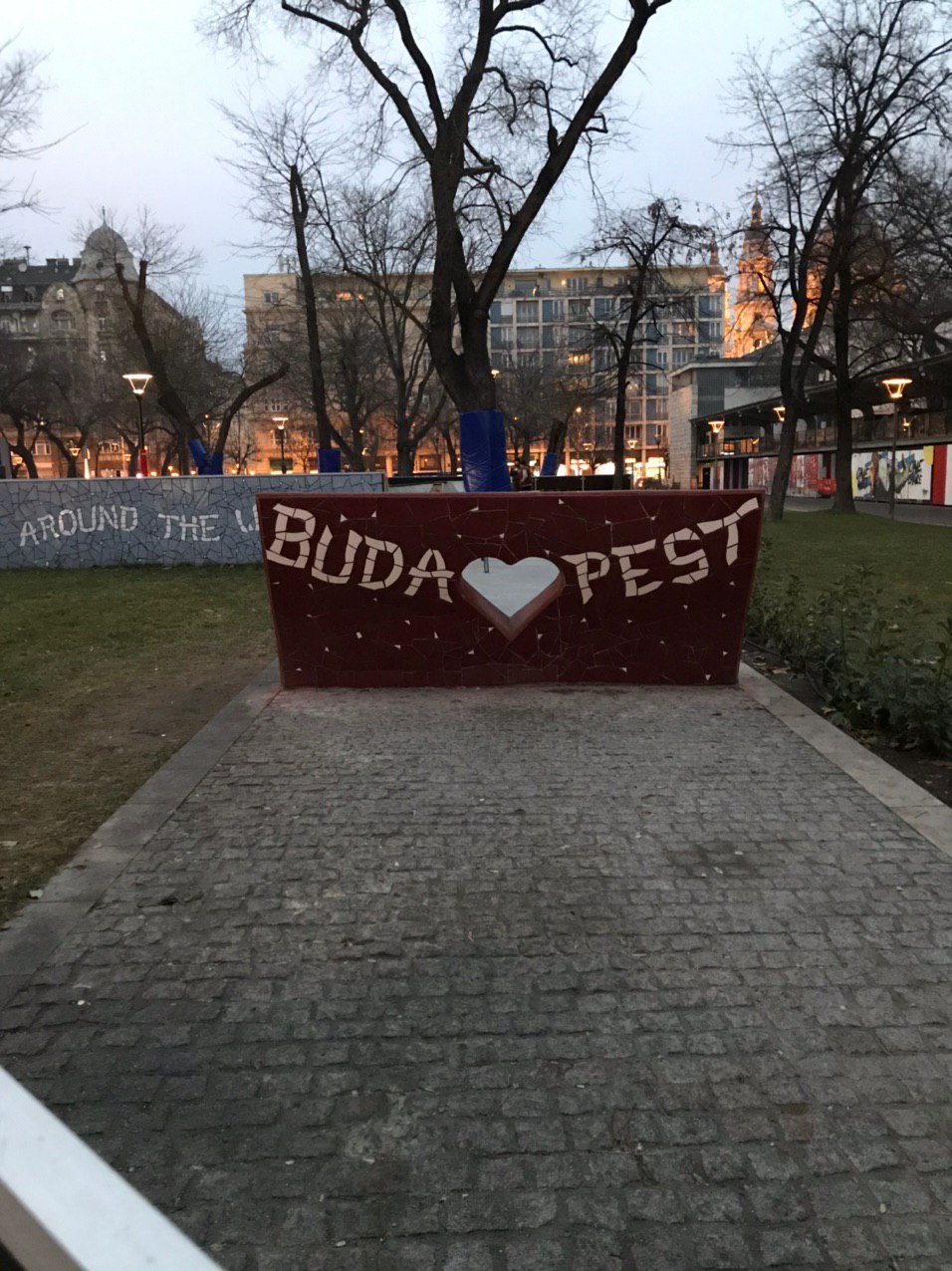
I'm a simple emigrant and the coronavirus doesn't stop me from traveling
Alright, I’m kidding, it’s a bit annoying, but I managed to go to Hungary before his outbreaks. Landing from the enormous Frankfurt airport, any place may seem small, but Budapest from the moment I arrived reminded me of a dollhouse. Everything is small, cozy, familiar, as if it were made especially for such small people as me: traffic lights twenty centimeters taller than my height, and the ceilings in some places even threaten a head-on meeting with me. Budapest pleased me a lot; it’s pleasant to simply be there, and for me, a person from a non-touristy Europe, the variety of things to do seemed enormous. Of course, the “main” sights can be seen in one day if you go out early and plot a route on the map starting from the central squares, through the bridge where Will Smith danced, and ending at the Fisherman’s Bastion, for example. But that’s not all, because the evening and nightlife there are diverse; everyone will find something to taste. What struck me most was a spontaneously arisen exhibition in front of the monument dedicated to Hungarians who protected Jews from fascist Germany. Thirteen columns, the black eagle — symbolizing fascist Germany, and an angel statue — the Hungary that protected the Jews. And the most interesting thing: as soon as locals learned of the installation’s plan, they were outraged by how the ruling party, shamelessly, distorts history even with living witnesses to the events, not to mention the enormous amount of documentary evidence. This is exactly what ordinary townspeople began to bring and leave in front of the monument. And the thing is that in 1941 Hungary joined the war on the side of Germany, partly to recover territories lost in World War I. And after the attempt to switch to the Allies in 1944, the country was occupied by Germany, allegedly when the persecution of Jews began. In reality, much earlier, in 1935, the Hungarian fascist party “Crossed Arrows” was founded. And the “Jewish laws” since 1938 established restrictions on work and bans on marriages and sexual relations between Jews and Hungarians. Various documents and photographs in packets or laminated to withstand rains, candles, household items and simply printed explanations in many languages — all of this is now an integral part of this monument, showing the confrontation between a state wanting to present itself in a better light, and ordinary residents wanting to preserve the truth and not shift all the blame to another country. More about Budapest can be read by Masha in her blog https://medium.com/@gilmary; she studied and lived there for two years, and now I finally understand why she loved this city, and I have a reason to return there for someone and something. #World_trips